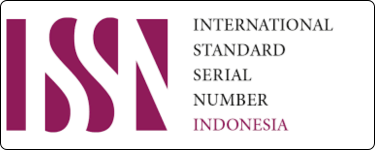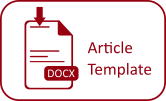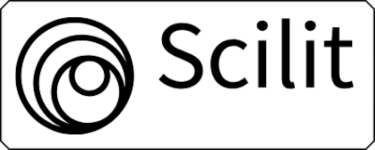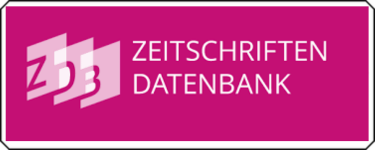Peace Strategies and Approaches for Resolving the Conflict of Terrorism in Indonesia
DOI:
https://doi.org/10.31599/qmd4dq68Keywords:
Conflict, Terrorism, Peace; Strategy, IndonesiaAbstract
The end of the Cold War marked the shift of world threats from traditional military threats to asymmetric non-traditional threats of terrorism. Terrorist groups emerge with various backgrounds. Domestic political instability in the form of conflict and separatism to revenge motivation or being affected by the
threat of terrorism in other countries. The purpose of this research is to analyze the strategy and approach of peace to resolve the terrorism conflict. The method used in this research is the literature review. The data sources in this study were taken from the Scopus database and several other databases such as Connected Papers, Open knowledge maps, and Google Scholar to support this research, then
some data were taken from the news. The findings in this study emphasize that apart from the hard approach and also the soft approach as an approach to resolving the conflict of terrorism, there are other approaches that can be used as an alternative approach, namely the conflict triangle where this approach has not been widely adopted in Indonesia.
Downloads

Downloads
Published
Issue
Section
License
Please read and understand the copyright terms for submissions to this journal.
Copyright Notice
The Jurnal Keamanan Nasional is under the Creative Commons Attribution 4.0 International (CC-BY 4.0) License, according to which:
1) Authors retain copyright and grant the journal the right to first publication, with the work simultaneously licensed under the Creative Commons Attribution (CC-BY 4.0) that allows the sharing of articles published with the acknowledgement of authorship and the initial publication in this journal.
2) The authors are authorized to make additional contracts separately for distribution of the version of the work published in this journal (for example, publication in an institutional repository or as a chapter of the book), as long as there is recognition of authorship and initial publication in this journal.
3) Authors are authorized and encouraged to publish and distribute their work online (for example, in institutional repositories or on their personal pages) at any time before or during the editorial process, as it increases the impact and reference of the published work.












